The article below “UNESCO celebrates 1,750th anniversary of Iran university” was published in the Tehran Times on March 9, 2021. The report printed below has been edited in Kavehfarrokh.com.
Kindly note that excepting the first photo all other photos/images and all accompanying captions do not appear in the original Tehran Times report. Readers are encouraged to also consult the following article:
For readers further interested in this topic, kindly consult:
=======================================================
Gundi-Shapur, also known as Jundi-Shapur, located in modern-day Dezful in southwest Iran, was one of the ancient world’s leading centers of learning and knowledge. The city was the intellectual center of the Sassanid Empire (224–651 CE) and the home of the Academy of Gundi-Shapur University, which offered education and training in medicine, philosophy, theology, and science.
The university was home to a teaching hospital, and also comprised a library and a center of higher learning. It has been identified with extensive ruins south of Shahabad, a village 14 km south-east of Dezful, to the road for Shush, in the present-day province of Khuzestan.
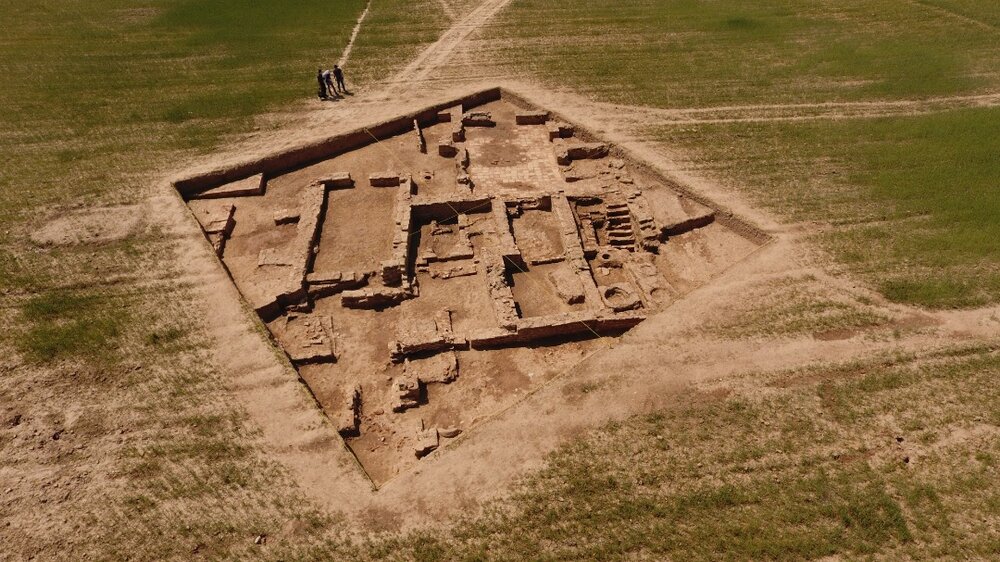
An aerial view of the excavations undertaken of the ancient university of Gundi-Shapur (Source: Tehran Times).
UNESCO Director-General Audrey Azoulay has expressed delight over the 1,750th anniversary of the University of Gundi-Shapur, which has long been a major forum for science. Moreover, the general director of the UN body reminded that Iran is one of the key partners of UNESCO in knowledge and science. Addressing the 3rd international Gundi-Shapur congress in a written message, Azoulay stated:
“Since its creation, this university, the intellectual capital of the Sassanid Empire, has been a major center for producing knowledge, a truly universal forum for science. It is this idea that we celebrate today … This fundamental principle echoes the motto inscribed at the entrance of the University of Gundi-Shapur in Iran, 1,750 years ago: Science and knowledge, virtue and wisdom, are more important than force and sword … Indeed, the university has played a crucial role in Iran’s historical excellence in science. In ancient times, Persia was a center for scientific achievement and a conduit of knowledge – from China and India in the East, to Greece and Rome in the West“
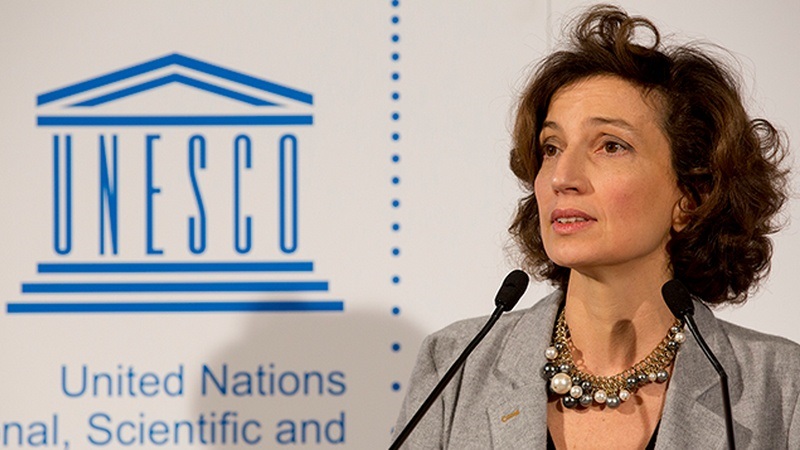
The UNESCO Director-General Audrey Azoulay (Source: IranPress).
The history of science in Gundi-Shapur, which originates far back in time, and its impact on world civilizations were among the topics which were discussed in the two-day congress, according to organizers.
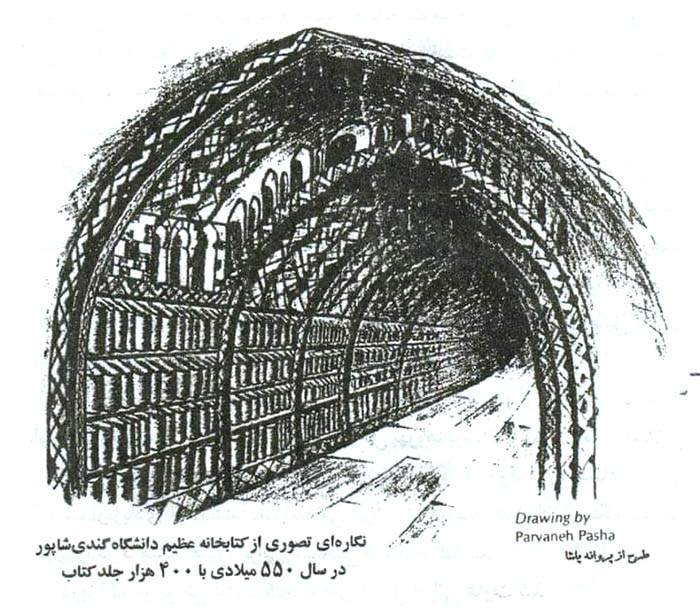
A sketch by Parvaneh Pasha of one of the library annexes of Gundi-Shapur University as it may have appeared in c. 550 CE (Source: Payvand News). The university had a reported total of 400,000 textbooks in topics such as mathematics, medicine, physical sciences, theology and literature.
As further averred by Azoulay:
“Today, in keeping with this heritage, Iran is one of UNESCO’s key partners in knowledge and science. The country hosts 8 Category II Centres and 11 UNESCO Chairs in the science field. It is also home to 13 Biosphere Reserves – one of the highest numbers among Member States.”
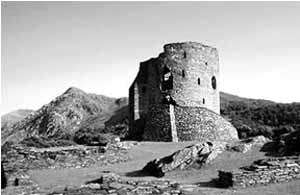
An undated photo of one the last standing structures of the ancient University of Gundi-Shapur (Source: Soroosh641 in Public Domain).
Gundi-Shapur fell into decline after the Muslim conquest of Persia (633–654), the city surrendering in 638, however, it continued to remain an important center in the Muslim period. Yaqub Layth Saffari, the founder of the Saffarid dynasty, made Gundi Shapur his residence three years before his sudden death. His tomb became one of the most prominent sites in the city.
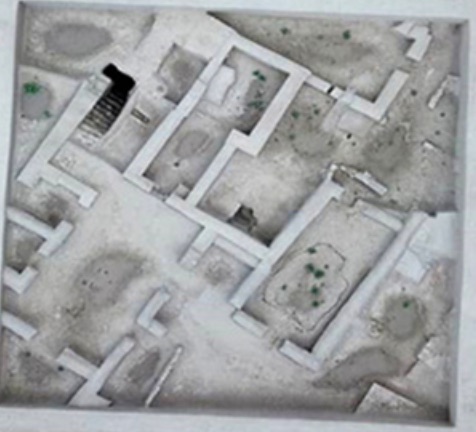
Another aerial view of the ruins of the ancient University of Gundi-Shapur (Source: Payvand News).



